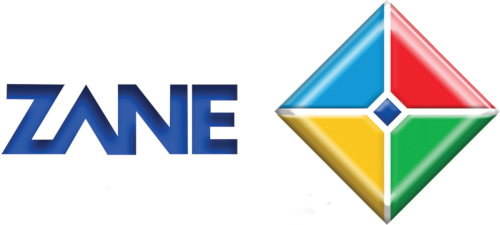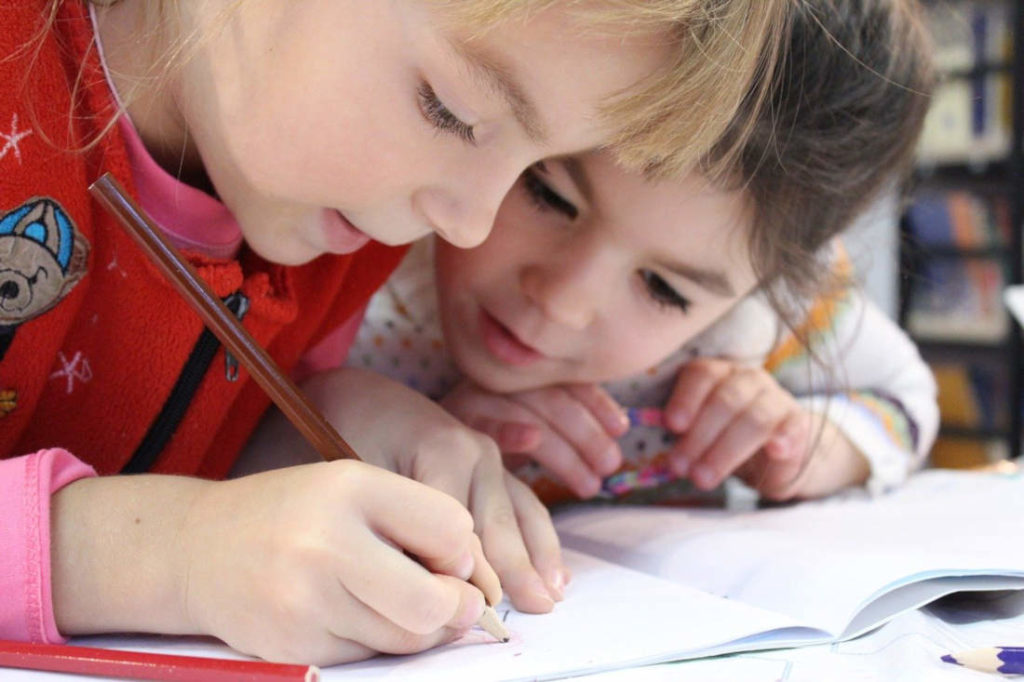“Most people see what is, and never see what can be”’
– Albert Einstein –
SPECIAL NEEDS EDUCATION
In 2016, official figures provided by the National Center for Education Statistics relating to Special Needs Education, indicated that 6,464,000 children and young people in the United States between the ages of 3 and 21 years old were being served under the Individuals with Disabilities Education Act, as a result of having some learning-related disability. This represents 13% of the total enrollment in public schools, from kindergarten through 12th grade that requires special needs education assistance.
Bearing in mind that this number only represents those actually formally diagnosed with a disability and being provided with assistance (in other words Special Needs Education), those numbers are significant.
The National Institute of Health also reported that the incidence of learning disabilities in the general population varied greatly suggesting those students requiring special needs education, may be as great as 15% to 20%, with 51% of all the students enrolled in the nation’s special needs education programs are classified as learning disabled.
In addition to those statistics, official figures provided by the Dyslexia Research Institute reports that 10% – 15% of the US population lives with some form of dyslexia, yet only 5 out of every 100 dyslexics are recognized and receive special needs education assistance. Other statistics indicate that as many as 1 in 7 students of K-12 school age suffer from some form of Dyslexia. These figures are alarming to say the least.
What makes the situation even more concerning is that our system of education is now over 250 years old, and still functions on a factory-style approach to mass-producing education. It is a system that might work effectively if each student was exactly the same. But they aren’t.
To compound the problem, the majority of those in education that work with these students lack of even the most basic knowledge, understanding or training about the various special needs, or special needs education. This can – and often does, have dire consequences for the student themselves.

Dyslexia is classic example of the impact a lack of special needs education awareness can have on the life on a student. Dyslexia is a condition where a difficulty recognizing and working with printed characters and shapes usually impacts on their reading capability. Being given the opportunity to learn visually or aurally (as with the use of subtitled video) rather than relying on text books, provides a very simple and effective solution.
The problem becomes worse when teachers and parents fail to recognize the signs of Dyslexia, or how to work with it. The child’s inability to read as proficiently as their peers often leads to accusations of laziness, disinterest or intransigence. 90% of people living with dyslexia are incredibly intelligent, bright individuals with the ability to learn and remember information much more effectively than others. Yet when confronted by the negative reactions of those that do not understand their situation, it often leads to increasing frustration followed by a growing loss of self confidence, and gradually they lose that natural love of learning.
As a result of this lack of knowledge and understanding, we risk marginalizing significant numbers of students that do require access to special needs education resources. Without that assistance those students have difficulty adequately fitting into a system that attempts to mass-produce education. As a result they are often moved aside and their natural abilities are often never identified or developed.
Here at Zane, we have come to appreciate the description ‘disability’ is misleading if not dysfunctional. Every child is an individual, with their own unique personality, skills, talents and preferred learning style. Just because one child is different to the next, it is inappropriate to describe them as having a disability, because by doing that we marginalize them and rob them of the opportunity to achieve their greatest individual potential.
Zane Education – our online learning platform has become increasingly popular over the last 10 years because of the way we use subtitled curriculum-aligned videos to address the needs of many special needs education requirements. The way in which we encourage teachers and parents to use the learning resources focuses not only on the resources and learning materials themselves, but also as a way to identify a child or student’s interests which are often linked to their natural talents and attributes. Many of our customers have understood that this is also a great way to rekindle each child’s natural love of learning.
Zane is committed to innovating and developing special needs education solutions that provide those children and students living with what we initially perceive as disabilities, to enable them to have an education that provides identifies, highlights, develops and enhances those skills, talents and abilities they do have.
Zane also remains interested to participate in education partnerships and work with any education philanthropists that share our passion, aims and beliefs. We also provide our online education consultant services to those involved in improving special needs education for all students.
Interested in improving education? Why not share . . .
More Articles
If you share our interest and passion for the topic on this page or educational innovation in general, then please contact us using our Contact Page to arrange an introductory conversation.



